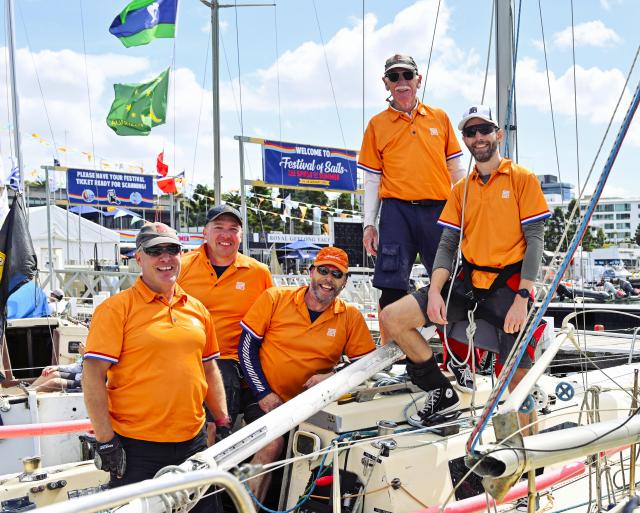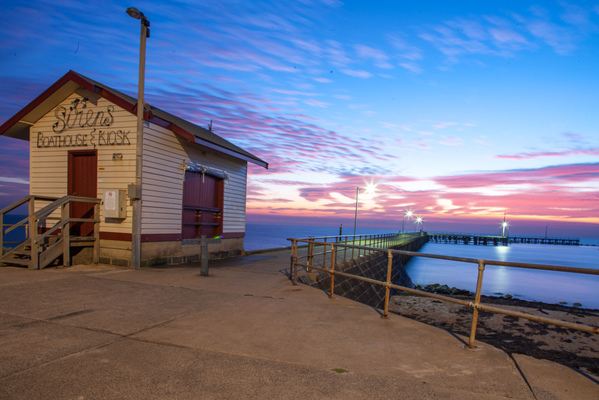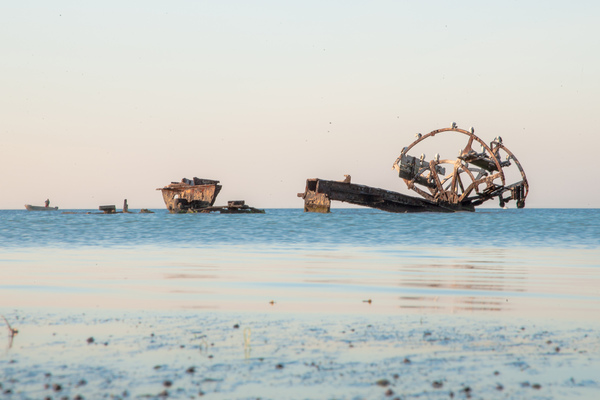IN order to fully appreciate an area, whether you live there or dream to, it’s important to have a bit of an understanding of how it came to be – the challenges, the accomplishments, the people, the good times – and the bad.
We may enjoy everything that St Leonard’s offers today, but what was it like yesterday? Please sit back, have a cup of tea, listen to the waves and soak up a quick history lesson.
Like much of Geelong and Bellarine Peninsula, the Wathaurong people inhabited the area now known as St Leonards for tens of thousands of years prior to European settlement. Explorer Matthew Flinders landed on the Peninsula in 1802 and named it Indented Head.
The founder of Melbourne, John Batman, explored the area in his quest to find the ideal location for the state’s capital. He is said to have landed at Indented Head but moved quickly towards St Leonards as there was fresh water available. A stone memorial in the parkland along the Esplanade commemorates his stay.
These first settlers initially called St Leonard’s home due to the rich fishing in the region, but many of them moved on to seek their fortune in the gold rush during the 1850s. Those that didn’t strike it rich came home determined to build their lives on the back of bountiful fishing and farming – wheat became a popular crop for local farmers during this period. Firewood was also a major source of income for the settlers, hence the relative absence of original bushland across the entire peninsula.
The township of St Leonards takes its name from ‘St Leonard’s Station’, a pastoral holding in the area which was named after a town bearing the same name in Sussex, England. The region enjoyed tangible growth in the 1920s thanks to a constant flow of paddle steamers between nearby towns and the invention of reliable motorised transport.
Soon the area became popular as a camping destination – an appeal which has remained to this very day.
Talking of paddle steamers … the wreck of the ‘Ozone’ is still visible 50 metres offshore at Indented Head.
The Ozone was built in 1886 near Glasgow, Scotland. It could exceed 17 knots and is regarded as one of the finest paddle steamers ever built. It was commissioned by the Bay Excursion Company and subsequently relocated to Australia, where it became a great favourite on Port Phillip Bay – seemingly running into everything along the way.
On 18 December, 1886, the Ozone collided with the pier at Queenscliff; In 1889 it was involved in a collision with the vessel ‘Elfin’ near Williamstown; In 1894 it was involved in another collision, this time with the vessel ‘May’ in Port Phillip Bay.
The Ozone was withdrawn from service in 1918 and sold to a Melbourne ship-breaker in March 1925. In October 1925 it was dismantled and her hull was sunk off-shore at Indented Head to form a breakwater for small craft.
The wreck is gradually eroding away. In April 1991, the starboard paddle wheel collapsed, dramatically changing the configuration of the remains. One of the Ozone’s two anchors has been incorporated into a historical monument, which stands on the cliff-top near Taylor Reserve, Indented Head, overlooking the wreck.
Love St Leonards – more history next month.
Rich history and a sunken ‘treasure’

Digital Editions

-

We are Geelong and it’s great
Purchase this photo from Pic Store: 385182 We all know Geelong is a fantastic place to live and visit. But what makes Greater Geelong truly…








